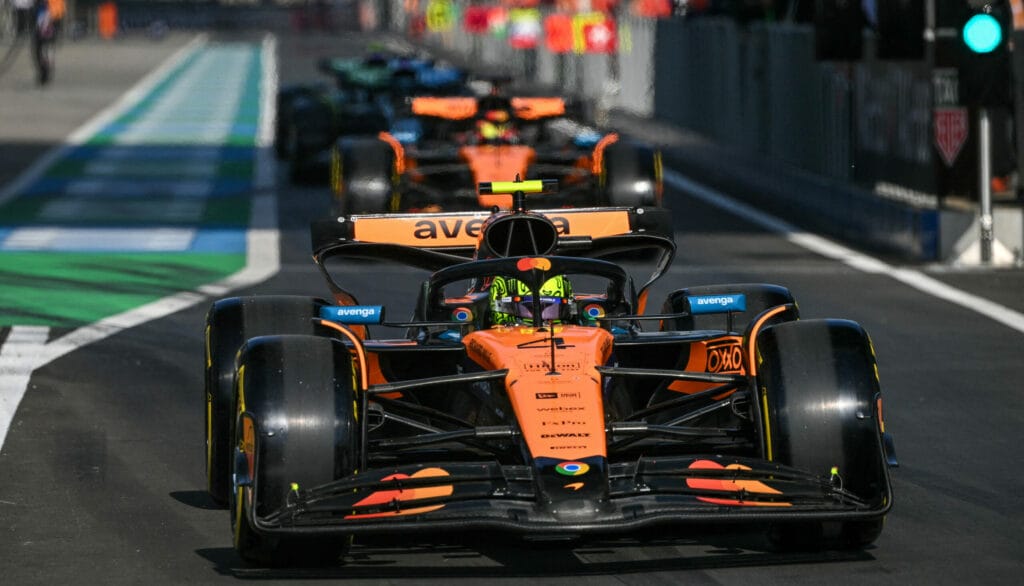In the lead-up to the race weekend in China, the FIA announced that it would be enforcing stricter checks on movable parts. Following the opening race in Melbourne, McLaren in particular came under fire due to the alleged ‘mini-DRS’. According to FIA director Nikolas Tombazis, ‘four or five’ teams had to make adjustments as they did not meet the stricter guidelines.
After the Australian GP, the FIA promised to enforce stricter checks on the flexibility of the rear wing. In response to the new discussion around ‘mini-DRS’, the maximum opening of the wing was limited to just 0.5 millimeters, with a one-time tolerance of – you read it right – 0.25 millimeters. After all, a wing that opens further under aerodynamic pressure results in less air resistance on the straights.
Previously, the Alpine team openly admitted that it was forced to make changes. A spokesperson for the French racing stable praised the hard work of the factory staff to deliver a new wing on time. Haas team boss Ayao Komatsu later stated that the team would have to adjust the wing differently to meet the new guidelines, although no new parts were needed.
Stricter Tests Claim Victims
According to Nikolas Tombazis, Single Seater Director at the FIA, as many as five teams failed to meet the stricter requirements. “I hope it’s enough this time,” he said about the new guidelines to Motorsport-Total.com. “I believe four or five teams had to make changes.” He emphasized that all teams in Melbourne complied with the now outdated regulations. The FIA will continue testing and monitoring through camera footage for the time being. “We will continue to use cameras, simply for safety,” Tombazis stated.
“We use the results of the ballast tests and combine them with the camera data. In this way, we can’t miss anything – camera footage alone is not enough.” Tombazis concluded that the FIA is currently satisfied with the teams’ approach to the flexibility of the rear wing. “That’s not meant to be arrogant,” he clarified. “The teams are clearly still trying to get the most out of their cars, but at the same time, we need to remain vigilant. We operate as follows: a car that passes the FIA tests is generally legal, unless there are hidden mechanisms, based on unusual circumstances. Think of changing temperatures or something similar. In that case, we intervene.”









